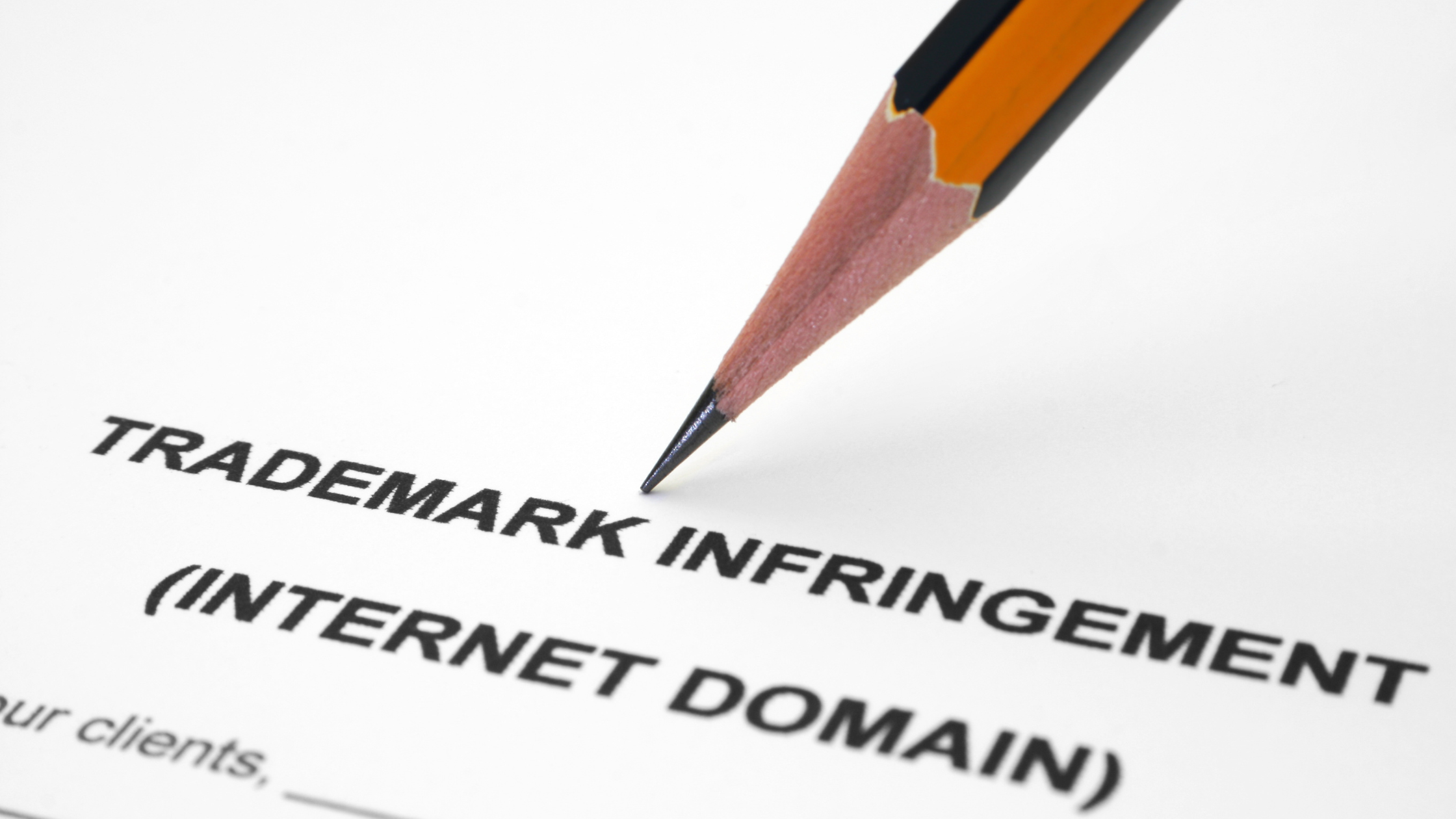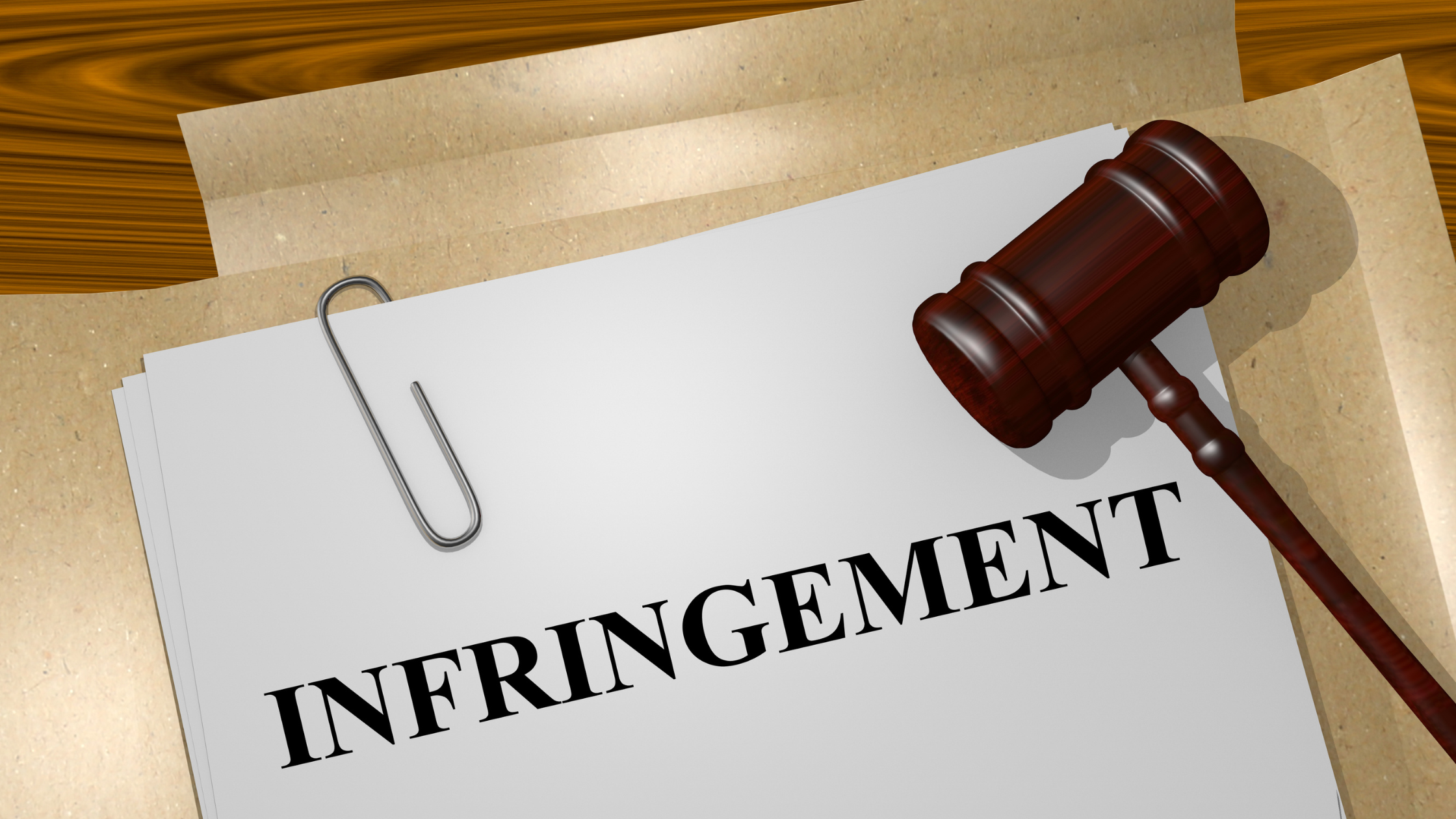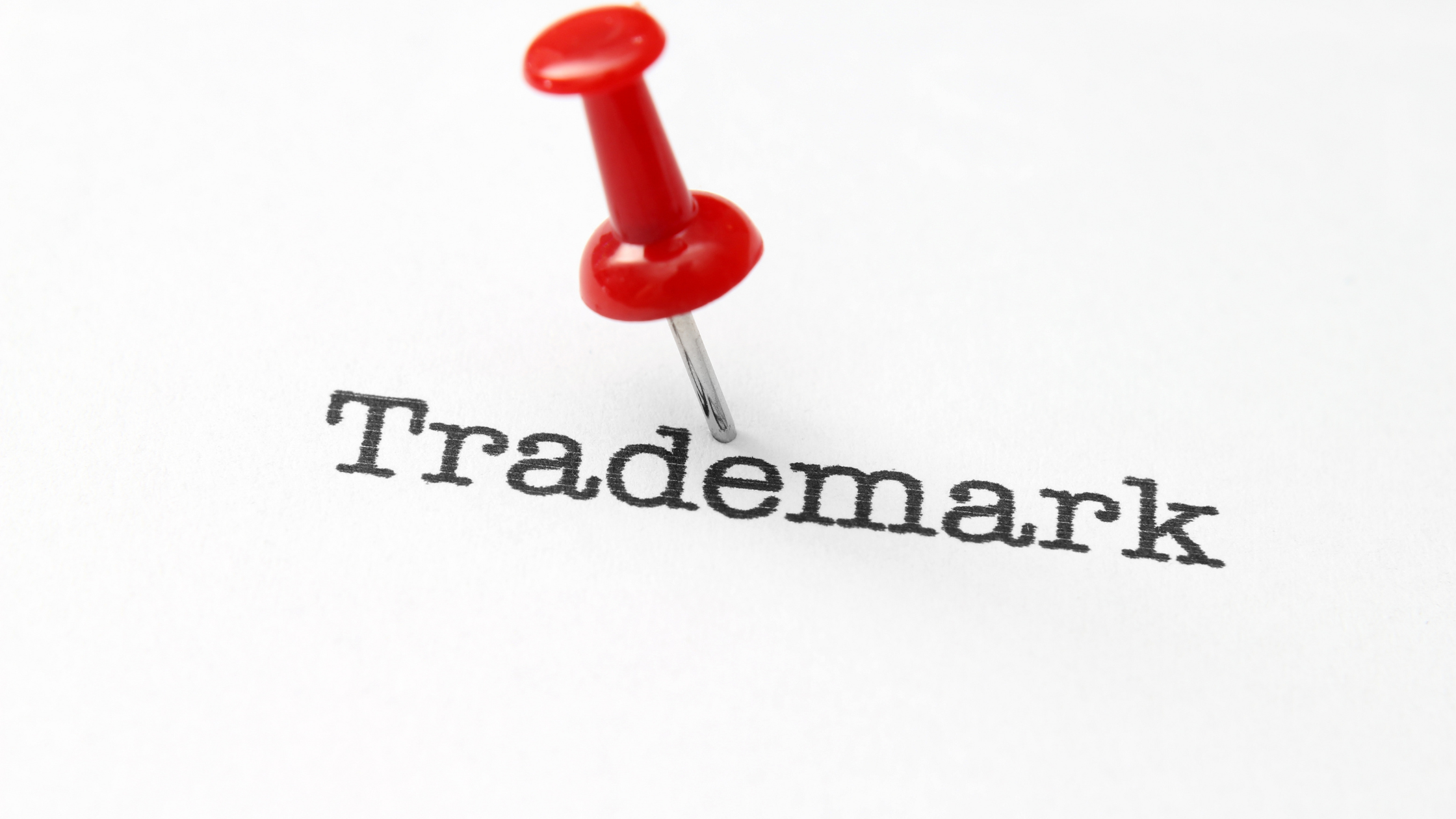Navigating Intellectual Property Rights Infringement on Amazon
As a seller, you're part of a vast and dynamic Amazon marketplace where brand identity is key to success. However, the journey isn't without its challenges, and one of the most critical areas to navigate is intellectual property rights issues.
In this blog, we'll delve into the world of trademarks on Amazon, explore common challenges sellers face, and provide actionable steps to protect your brand and trademarks.

Understanding Intellectual Property Rights Infringement
What is Trademark Infringement on Amazon?
Trademarks are like digital fingerprints that distinguish your products from others. They ensure that customers associate your offerings with your brand's quality and values.
On Amazon, trademarks play a vital role in securing your intellectual property rights. Amazon's Brand Registry program, designed to enhance brand protection, provides tools to help you manage your trademarks and safeguard your brand's integrity.
The Implications of Infringement
The significance of safeguarding your intellectual property rights cannot be overstated. Intellectual property, encompassing copyrights, trademarks, and patents, serves as the bedrock of your brand's identity and uniqueness. Infringement of these rights poses multifaceted threats that extend beyond mere inconvenience. Let's delve into how intellectual property rights infringement can profoundly impact your brand and why proactive measures are paramount.
1. Erosion of Brand Reputation
Your brand's reputation is its most valuable asset. Any unauthorized use of your intellectual property, whether it's your logo, product images, or creative content, can create confusion among consumers.
They may struggle to differentiate between your authentic offerings and the infringing ones, resulting in a loss of trust. This erosion of trust can tarnish your brand's reputation and leave a lasting negative impression on potential customers.
2. Impact on Sales and Revenue
When unauthorized sellers use your intellectual property to promote products, they might lure customers away from your legitimate offerings. This can lead to a decline in your sales and revenue, as consumers may opt for the cheaper or more accessible option, unaware of the discrepancies between the authentic and infringing products.
Such diversion of sales can directly impact your bottom line, impeding your business's growth and success.
3. Legal Implications
Intellectual property rights infringement is not just a matter of brand perception; it's a legal concern with serious ramifications. If left unaddressed, infringement can escalate into legal disputes, where you might have to resort to litigation to protect your rights.
Legal actions not only consume time and resources but can also tarnish your brand's image further. Furthermore, failing to take action against infringement claims can weaken your position should you decide to pursue legal remedies.
4. Loss of Control
Unauthorized use of your intellectual property robs you of the control you should have over your brand's representation. It allows others to dictate how your brand is perceived in the market, which can lead to inconsistent messaging and dilution of your brand's essence. This loss of control can hinder your ability to shape your brand's narrative and create a cohesive brand identity.
Steps to Protect Your Intellectual Property
1. Register Your Trademark
Trademark registration is a crucial step in safeguarding your brand's identity and intellectual property. By registering your trademark with the relevant government authorities, you gain legal protection and exclusive rights to use your brand name, logo, and other identifiers.
For instance, if you are selling in the United States, registering your trademark with the relevant government agency such as the US Patent and Trademark Office grants you the power to take decisive action against those who seek to capitalize on your brand’s reputation.
This not only helps you establish a distinct brand presence but also acts as a deterrent against potential infringers. If you encounter unauthorized use of your trademark, having it registered enhances your ability to take legal action and seek remedies.
If it sounds overwhelming for you, let Seller Candy guide you in the process. Our expert team’s familiarity with the step-by-step of the registration process can ease all your worries in taking this key step for your business.

2. Enroll in Amazon's Brand Registry
Amazon Brand Registry program is designed to assist brand owners in protecting their intellectual property and maintaining control over their listings. Enrolling in this program offers several benefits.
First, it gives you greater authority over your product listings, allowing you to create enhanced brand content and control how your products are presented to customers.
Second, it provides access to tools for monitoring your brand's presence on Amazon, making it easier to identify instances of unauthorized use or infringement.
The Amazon Brand Registry also offers a streamlined process for reporting violations and requesting the removal of counterfeit or infringing listings.

Addressing Intellectual Property Rights Infringement
When you discover unauthorized use of your material, it's essential to take swift action to address the issue and protect your intellectual property rights.
One of the key steps in this process involves filing infringement claims against those who have used your material without proper authorization.
1. Contact the Infringing Party: Write a cease and desist letter
When you discover unauthorized use of your trademark, one of the initial steps is sending a cease and desist letter to the infringing party. This formal communication outlines your rights as the trademark owner and requests that the party cease using your trademark immediately.
The letter serves as a warning, conveying your intention to take legal action if necessary. A well-drafted cease and desist letter can prompt the infringing party to reconsider their actions and avoid further violations.
Here are steps to guide you in writing a persuasive cease and desist letter:
Introduction and Identification: Begin the letter by introducing yourself as the trademark owner and providing a brief explanation of your business and the trademark in question. Clearly identify the infringing party and the specific instances of trademark use that you have observed.
Statement of Ownership: Assert your ownership rights to the trademark and provide information about its registration, if applicable. Emphasize that the trademark is legally protected and that any unauthorized use is a violation of your rights.
Evidence of Infringement: Present concrete evidence of the trademark infringement. This could include screenshots, product listings, or any other relevant documentation that showcases the unauthorized use.
Demand to Cease and Desist: Clearly state your demand that the infringing party immediately cease using your trademark. Request that they confirm in writing their commitment to stopping the infringing activities.
Potential Legal Action: Indicate your willingness to take legal action if necessary to protect your trademark rights. This communicates the seriousness of the matter and underscores your determination to uphold your rights.
Timeline: Provide a reasonable deadline for the infringing party to respond and comply with your demands. This shows that you expect a prompt resolution.
Contact Information: Include your contact details and invite the infringing party to reach out if they have any questions or if they are willing to comply.
Remember, the goal of a cease and desist letter is to communicate your rights and intentions clearly and professionally. Engage in a diplomatic tone while asserting your position. It's advisable to have a legal professional review the letter to ensure its accuracy and effectiveness.
In instances where navigating the legal aspects seems complex, consider enlisting the support of Seller Candy. Our experienced team can guide you through the process of addressing trademark issues, including drafting and sending cease and desist letters, ensuring your brand's protection and growth in the competitive e-commerce landscape.

2. Use Amazon's Reporting Mechanism
Utilize Amazon's infringement reporting system to report the violation. When reporting, provide comprehensive evidence of your trademark ownership, such as trademark registration certificates and screenshots of the infringing listings. Amazon's support teams will review your report and may take actions like removing infringing listings or suspending the offending seller.

3. Legal Action:
In cases where cease and desist letters and Amazon's enforcement mechanisms don't yield desired results, you may need to explore legal action. Consult with a legal expert experienced in intellectual property and trademark law to understand your options.
Legal action can involve filing a lawsuit against the infringing party to seek damages and injunctive relief. However, legal proceedings can be complex and time-consuming, so it's crucial to weigh the potential benefits against the costs and challenges involved.\

Resolving trademark issues requires a multi-faceted approach that combines legal understanding, strategic communication, and collaboration with relevant platforms like Amazon. By taking these steps, you demonstrate your commitment to protecting your brand's integrity, ensuring a safe shopping environment for customers, and maintaining the reputation you've worked hard to build.
Preventing Future Intellectual Property Issues
Preventing intellectual property issues requires a proactive and comprehensive approach that focuses on maintaining your brand's integrity and safeguarding your intellectual property. Here are essential steps to minimize the risk of trademark-related challenges:

1. Stay Vigilant:
Regular monitoring of your product listings and brand presence is crucial. Keep an eye on new listings that might infringe on your trademarks. Utilize tools and services that can help automate this monitoring process, enabling you to quickly identify potential violations and take action.
2. Enforce Your Rights:
If you come across unauthorized use of your trademark, take swift action to address it. Send cease and desist letters, report violations to platforms like Amazon, and work to have infringing content removed. Consistent enforcement of your rights sends a strong message that you are committed to protecting your brand.

3. Maintain a Strong Brand Presence:
Building a solid online brand identity not only enhances your market presence but also reduces the likelihood of misuse. Cultivate a unique brand image through compelling product listings, engaging content, and a consistent visual identity.
This not only helps customers recognize your products but also deters potential infringers.
4. Register Your Trademarks:
Trademark registration provides you with legal protection and exclusive rights to your brand. Consider registering your trademarks not only in your home country but also in regions where you conduct business.
This preemptive measure strengthens your position if you ever need to take legal action.

Conclusion: Safeguarding Your Work as Intellectual Property Rights Owners
In the dynamic world of e-commerce, trademark issues are a challenge that Amazon sellers must be prepared to address. However, with knowledge and proactive strategies, you can navigate these challenges effectively and protect your brand's integrity.
By taking steps like registering your trademarks, enrolling in Amazon's Brand Registry, and staying vigilant in monitoring your listings, you demonstrate your commitment to maintaining a strong brand presence in the marketplace.
Remember, safeguarding your intellectual property isn't just a legal obligation; it's a reflection of your brand's essence.
With vigilance and the right strategies, you can navigate Amazon's marketplace confidently while ensuring your creative work remains uniquely yours.

Ready for Expert Assistance?
As you embark on this journey of brand protection and growth, consider leveraging the expertise of Seller Candy. Our team of experienced professionals is dedicated to helping you navigate the complexities of Amazon selling, including trademark issues.
From registration to proactive monitoring and enforcement, we provide comprehensive solutions that empower you to focus on what you do best – growing your business.
By prioritizing these efforts and partnering with Seller Candy, you can confidently navigate the Amazon ecosystem while ensuring that your brand remains resilient and thriving amidst competition. Your brand's success is our priority, and we're here to guide you every step of the way.

